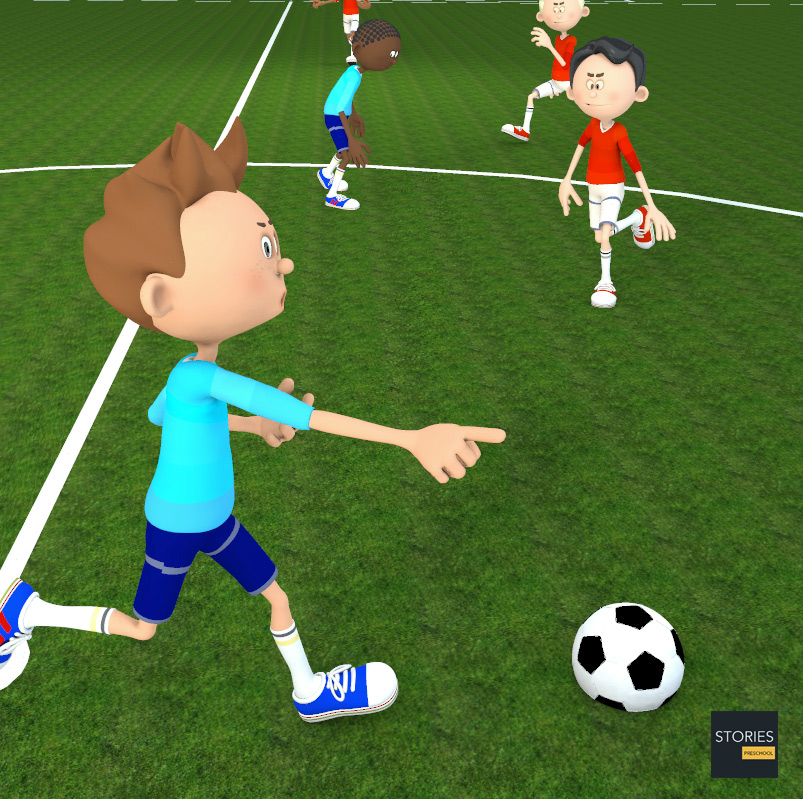Soccer

Sweeper
The sweeper is a defensive position in football, so called because their job is to 'sweep up' any attacking moves which pass other defenders. It was most commonly used by football teams in Europe until the 1990s. While the position usually has solely defensive duties, Franz Beckenbauer, one of the most famous sweepers, became famous for adding an offensive component of the ball playing defender. Other notable sweepers include Ivano Blason, Gaetano Scirea, Bobby Moore, Franco Baresi, Elias Figueroa . It is generally considered a highly specialized position. The sweeper is usually placed between the goalkeeper and the defensive line.
The sweeper is sometimes also called 'libero' from the Italian name "battitore libero" meaning "free hitter", which describes the players' freedom from having to mark a particular opponent, as well as their liberty to play or advance with the ball out of the defense, or to make clearances instead of dribbling or playing the ball.
The sweeper (or libero) is a more versatile type of centre-back who "sweeps up" the ball if an opponent manages to breach the defensive line. His position is rather more fluid than other defenders who man-mark their designated opponents. Though the sweeper may be expected to build counter-attacking moves, and as such requires better ball control and passing ability than a typical centre-back, his talents are often confined to the defensive realm. For example, the catenaccio system of play, used in Italian football in the 1950s, employed a purely defensive sweeper who only "roamed" around the back line. The more modern libero possesses the defensive qualities of the typical libero whilst being able to expose the opposition during counterattacks. Whilst rarely seen in professional football the position has been extensively used in lower leagues. Modern libero sits behind centre backs as a sweeper before charging through the team to join in the attack.

Some sweepers move forward and distribute the ball up-field, while others intercept passes and get the ball off the opposition without needing to hurl themselves into tackles. In modern football, its usage has been fairly restricted, with few clubs in the biggest leagues using the position.
The position is most commonly incorrectly associated to have been pioneered by Franz Beckenbauer and Gaetano Scirea, and later by Franco Baresi and Matthias Sammer in the 1990s era, although they were not the first players to play this position, with earlier proponents such as Alexandru Apolzan, Ivano Blason, Velibor Vasović and Ján Popluhár. Though it is rarely used in modern football, due to the prevalence of the offside trap (which precludes anyone but the goalkeeper from playing behind the back line) it remains a highly respected and demanding position.
Recent and successful use of the sweeper was made by Otto Rehhagel, Greece's manager, in the 2004 European Championship. Rehhagel utilized Traianos Dellas as Greece's sweeper to great success, as Greece surprisingly became European champions.
Although this position has become largely obsolete in modern football formations, due to the use of zonal marking, certain defenders, such as Leonardo Bonucci and Daniele De Rossi have played a similar role as a ball-playing central defender in a 3–5–2 formation: in addition to their defensive skills, their technique and ball-playing ability allowed them to advance into midfield after winning back possession, and function as a secondary playmaker for their teams.
SPORTS

RESOURCES
This article uses material from the Wikipedia articles "Association football" and "Sweeper (association football)", which is released under the Creative Commons Attribution-Share-Alike License 3.0.
© Stories Preschool. All Rights Reserved.












